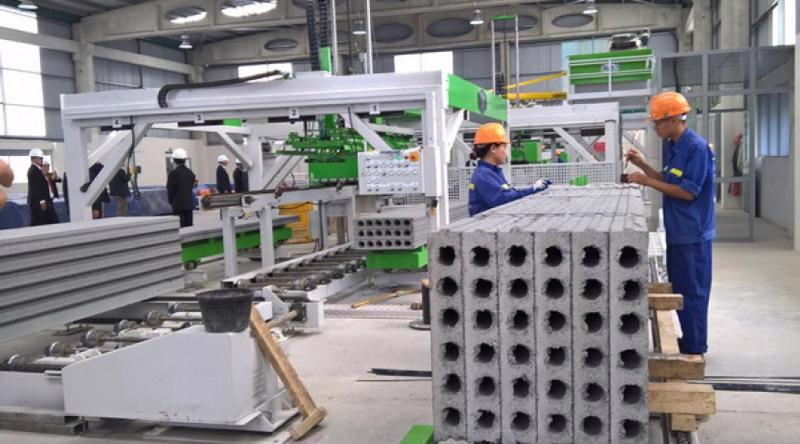Vietnam heavily relied on imports for essential building materials such as clinker, ceramic tiles, sanitary ware, and construction glass prior to 2010, according to the Ministry of Construction’s Institute for Building Materials.
Recent developments reveal a significant shift, however, with domestic manufacturers now largely meeting the country’s construction and infrastructure needs and even exporting some products.
Figures show a significant increase in the production capacity of several crucial building materials over the past 40 years, ranging from dozens to hundreds of times.
Notably, the production capacity of sanitary ware has increased approximately 190-times, from 140,000 products in 1994 to 26.6 million in 2023. With diverse designs, these products effectively compete with imported goods and are exported to numerous countries worldwide, including Japan, South Korea, and the US. Total export volumes in 2023 were estimated at 2.1 million products.
Similarly, Vietnam’s construction glass industry has also recorded impressive growth, with total production capacity increasing 57-times from 5.8 million sq m per year in 1994 to 331 million sq m in 2023. This positions Vietnam among the leading glass-producing nations in Southeast Asia.
These achievements have led to a continuous increase in the production value of building materials, significantly contributing to Vietnam’s GDP. As of the end of 2023, the contribution of building material production to Vietnam’s GDP was estimated at 6-7 per cent.
Vietnam’s building materials industry has also adopted advanced science and technology, utilized resources efficiently, ensured economic security, proactively integrated into the global market, and established fundamental conditions for a green economy. Development is increasingly focused on sustainability and environmental protection.
In response to the growing demands of the building materials industry, various new products have emerged. These include green building materials such as self-healing concrete, green concrete, ultra-high performance concrete, artificial stone slabs, self-cooling bricks, non-fired bricks, smart panels, energy-efficient glass, and artificial sand made from rocks or pebbles, as well as composite materials. These materials offer high durability and minimize environmental impact.









 Google translate
Google translate